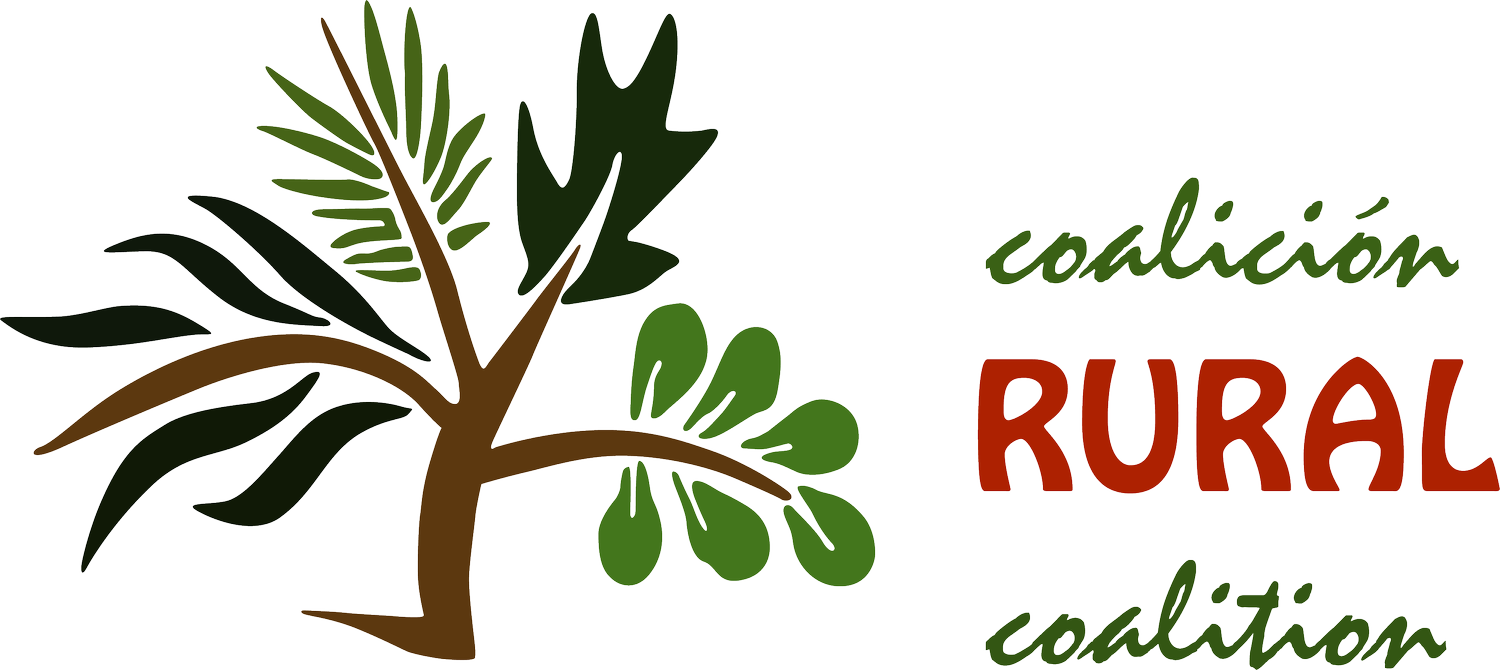FARMER FRIDAY: MEET MICHAEL KOTUTWA JOHNSON
I’m trying to put the “culture” back in “agriculture.”
Michael Kotutwa Johnson is a Hopi farmer from Kykotsmovi Village, Arizona, where his family has been growing corn, beans, and squash for “eons”.
Right now, he is cultivating four fields — approximately five acres of land. Michael doesn’t sell his produce. “It goes to my Aunt,” he says, who shares the produce with his family and other clan members. Most of the food is eaten, save for some corn that is used in ceremonies.
“The nutritional value of what we produce is incredible,” Michael tells us. “It’s way better than what you’re eating in the supermarket, it’s way better than what’s grown organically in the U.S. It’s place-based.”
While most American growers rely on genetically engineered seed, doctored fertilizer, and elaborate irrigation systems to produce well in harsh climates, Michael’s crops thrive in the dry, hot Arizona summer without any chemical treatment. Rather than manipulating the environment to fit their corn, Hopi farmers cultivate corn that can thrive within the confines of its environment — meaning that these farmers are optimizing soil moisture in the midst of this August drought.
This, Michael explains, is “the heart of stewardship” and the core of place-based farming.
Mike standing next to a tall cornstalk
That said, Hopi farming is by no means simple, nor unscientific. In fact, Michael’s doctoral dissertation frames the ways in which indigenous ecological knowledge is the foundation of modern conservation. From water management to seed-saving and promoting soil health, environmental stewardship is integral to a Hopi farmers’ relationship to their land.
Ironically, most Hopi farmers cannot access USDA Natural Resources Conservation Services funding. Michael calls these obstacles “institutional mismatches,” which he observed firsthand during his time working at USDA. Through his farming and academic work, Michael aims to bridge the communication gap between the government and indigenous peoples to create access to Natural Resource Conservation Service programs and emphasize the deeply conservationist nature of Hopi farming.
“What makes [Hopi farming] different…is that there is no separation between Hopi spirituality and agriculture. They’re one in the same.”
Michael also illustrates indigenous farm knowledge in his exhibit, The Resilience of Hopi Agriculture – 2000 Years of Planting. Displaying Arizona State’s historic images of Hopi farmland as well as photos of his own farm, the works will be on display until June 29, 2019 at the Arizona State Museum in Tucson.
To meet more of our farmers and ranchers, follow us @ruralco, and like us on Facebook. To support a federal Farm Bill that benefits all our diverse farmers and ranchers, sign up for our e-updates. Your contribution of any amount to support our work is also so appreciated. Please see the link here if you would like to make a contribution.

